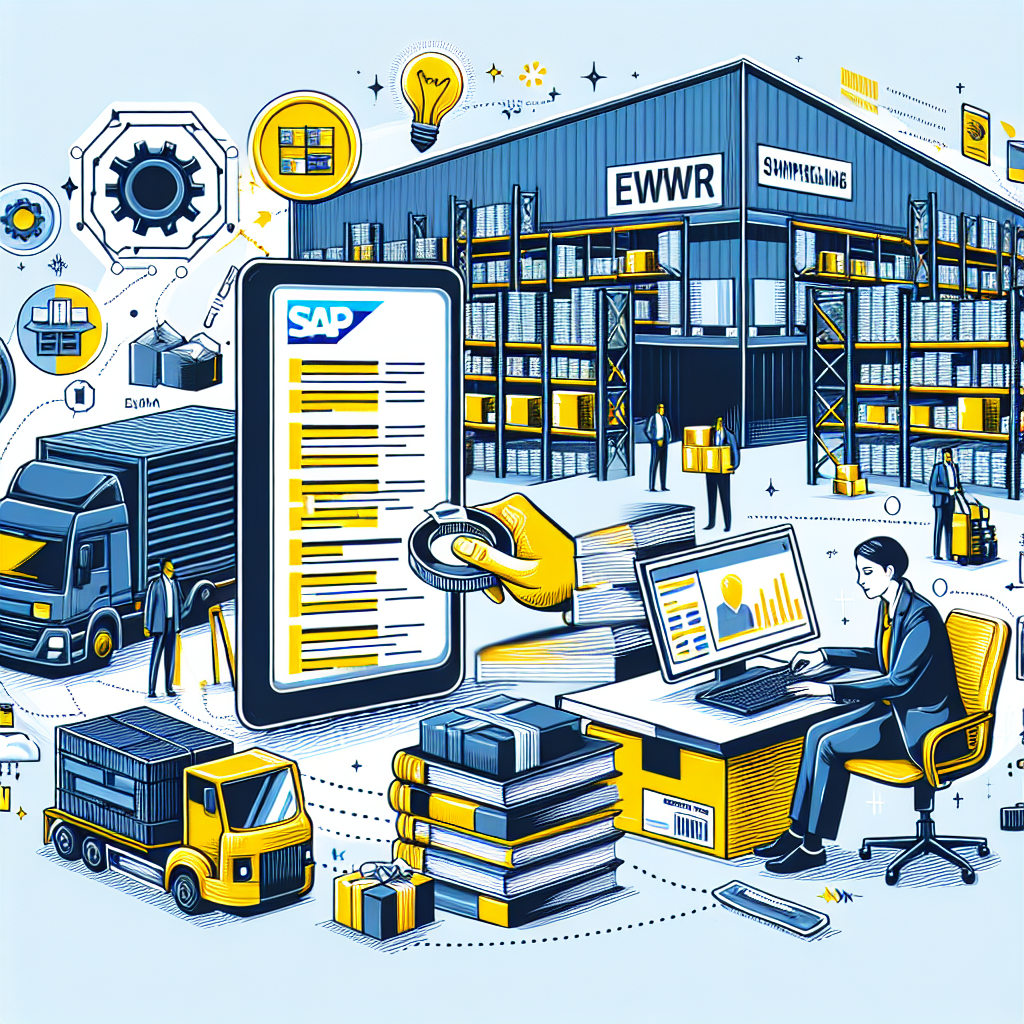Your cart is currently empty!
Mastering SAP EWMR: A Comprehensive Guide to Warehouse Management

SAP Extended Warehouse Management (EWM) is a key component of the SAP supply chain management suite, designed to help businesses effectively manage their warehouse operations. Mastering SAP EWM is essential for businesses looking to streamline their warehouse processes and improve overall efficiency.
In this comprehensive guide, we will explore the key features of SAP EWM and provide tips on how to successfully implement and optimize the system in your warehouse.
Key Features of SAP EWM:
1. Advanced Warehouse Management: SAP EWM offers advanced warehouse management capabilities, allowing businesses to efficiently manage all aspects of their warehouse operations, including inventory management, storage, and order processing.
2. Real-Time Visibility: With SAP EWM, businesses can gain real-time visibility into their warehouse operations, enabling them to track inventory levels, monitor order status, and optimize warehouse processes in real-time.
3. Mobile Access: SAP EWM provides mobile access to warehouse employees, allowing them to access critical information and perform tasks on-the-go, improving overall productivity and efficiency.
4. Integration with SAP ERP: SAP EWM seamlessly integrates with SAP ERP, ensuring a smooth flow of data between warehouse operations and other business functions, such as sales, procurement, and finance.
5. Automation: SAP EWM offers automation capabilities, allowing businesses to automate key warehouse processes, such as picking, packing, and shipping, reducing manual errors and improving overall efficiency.
Tips for Mastering SAP EWM:
1. Define Your Warehouse Processes: Before implementing SAP EWM, it is essential to clearly define your warehouse processes and requirements. This will help ensure a successful implementation and optimize the system to meet your specific business needs.
2. Train Your Employees: Proper training is crucial for mastering SAP EWM. Make sure to provide comprehensive training to your warehouse employees to ensure they are familiar with the system and can effectively utilize its features.
3. Customize the System: SAP EWM offers a range of customization options to tailor the system to your specific requirements. Take advantage of these customization options to optimize the system for your warehouse operations.
4. Monitor Performance: Regularly monitor the performance of SAP EWM to identify any issues or areas for improvement. Use the system’s reporting and analytics capabilities to track key performance metrics and make data-driven decisions to optimize warehouse operations.
5. Stay Up-to-Date: SAP regularly releases updates and enhancements to EWM. Stay up-to-date with the latest features and functionalities to ensure you are leveraging the full potential of the system.
In conclusion, mastering SAP EWM is crucial for businesses looking to improve their warehouse management processes and achieve greater efficiency. By understanding the key features of SAP EWM and following the tips outlined in this guide, businesses can successfully implement and optimize the system to streamline their warehouse operations and drive business growth.

Leave a Reply